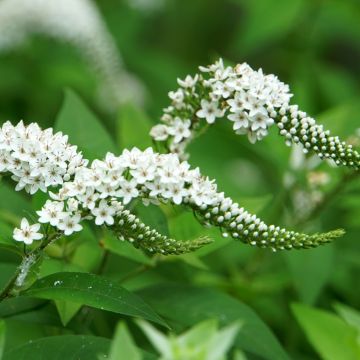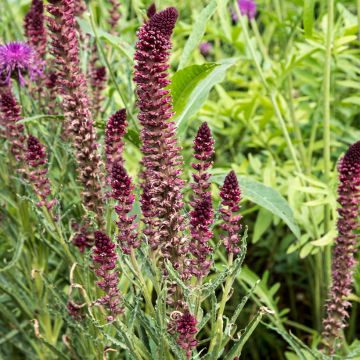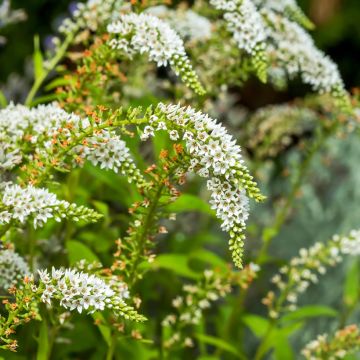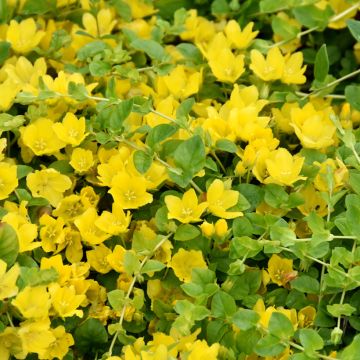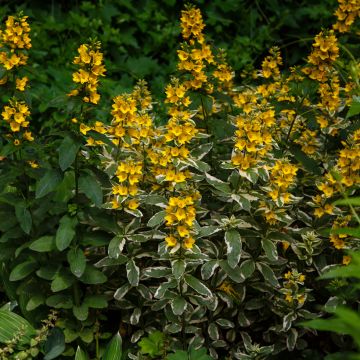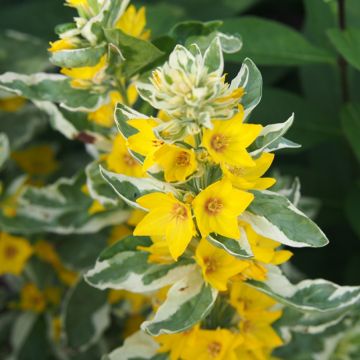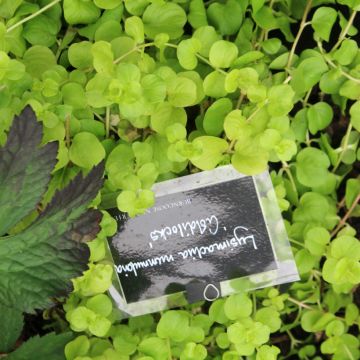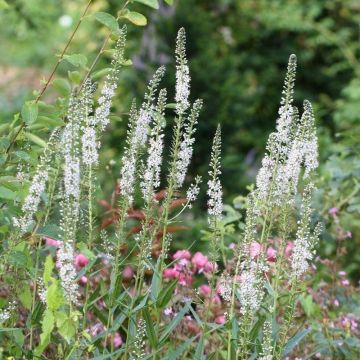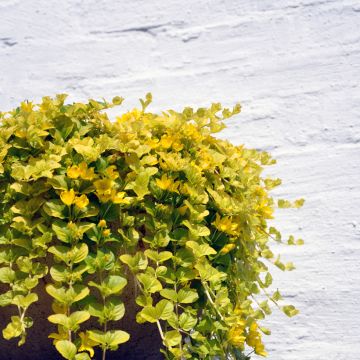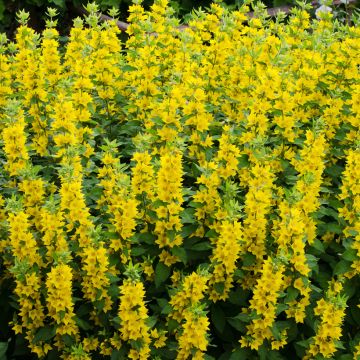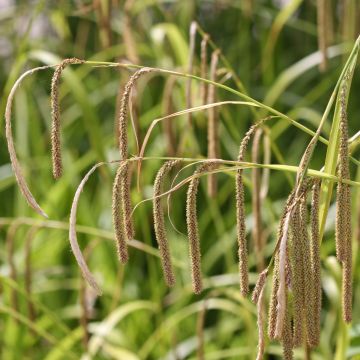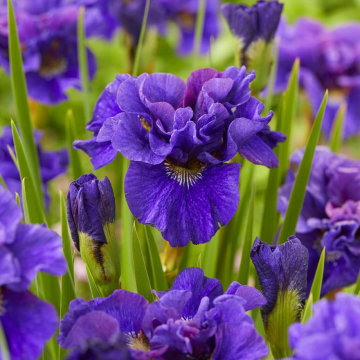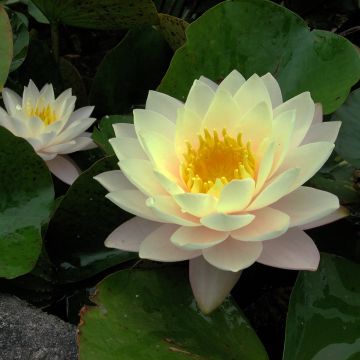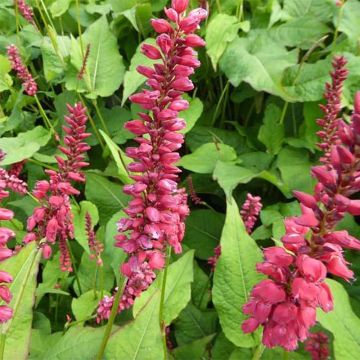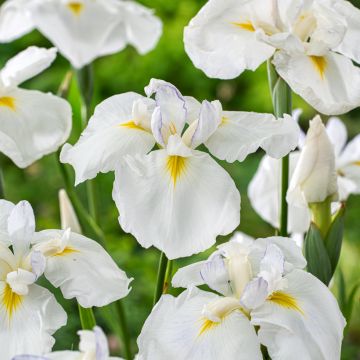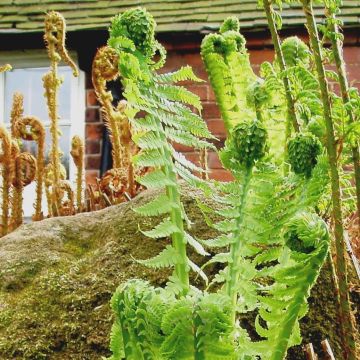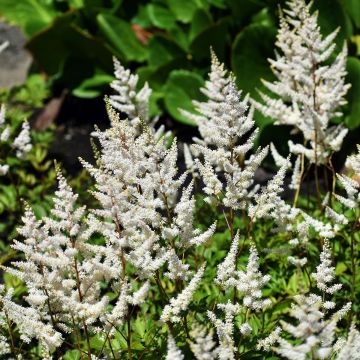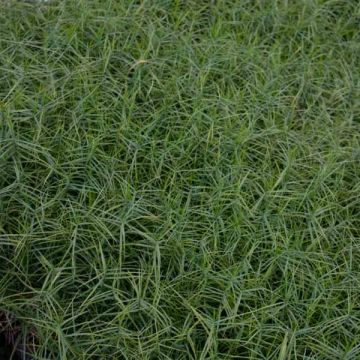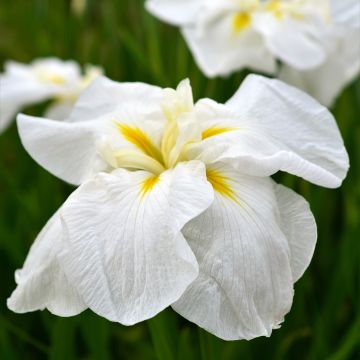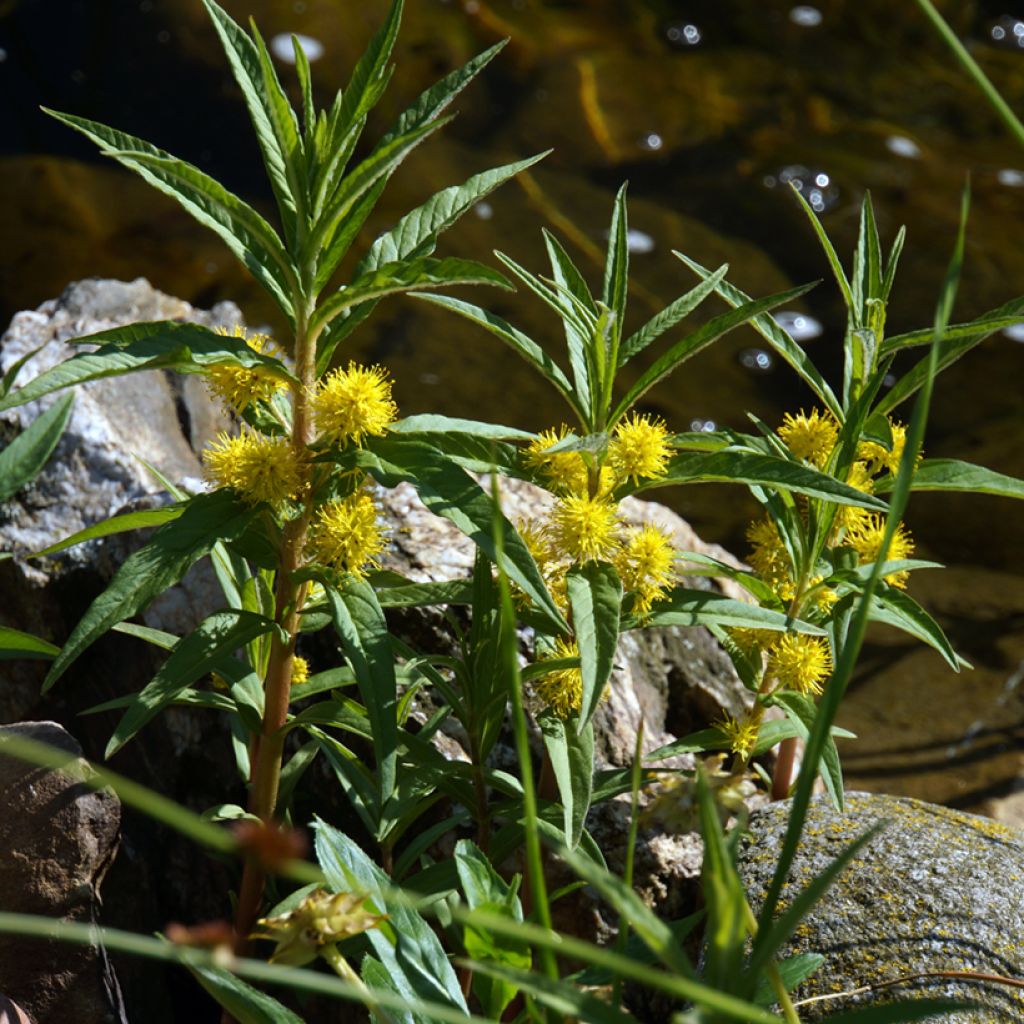

Lysimachia thyrsiflora
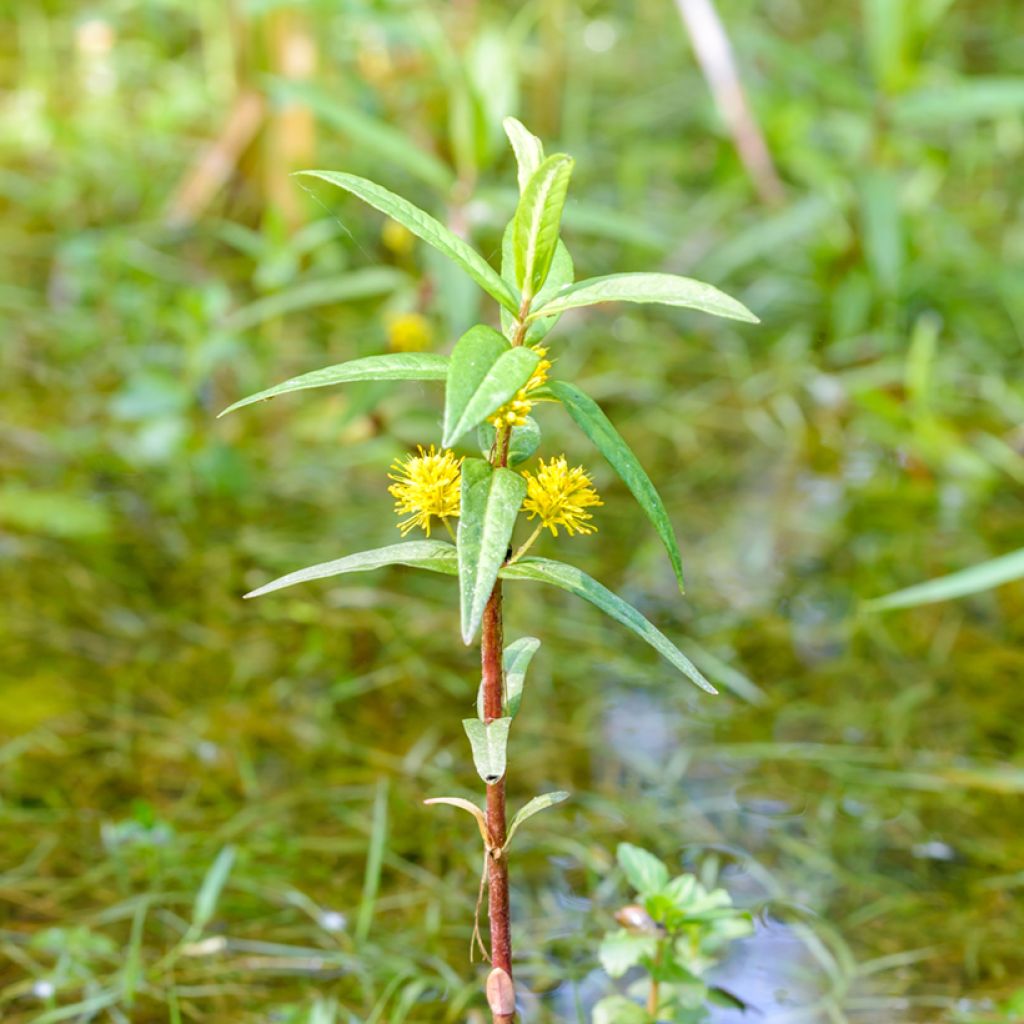

Lysimachia thyrsiflora
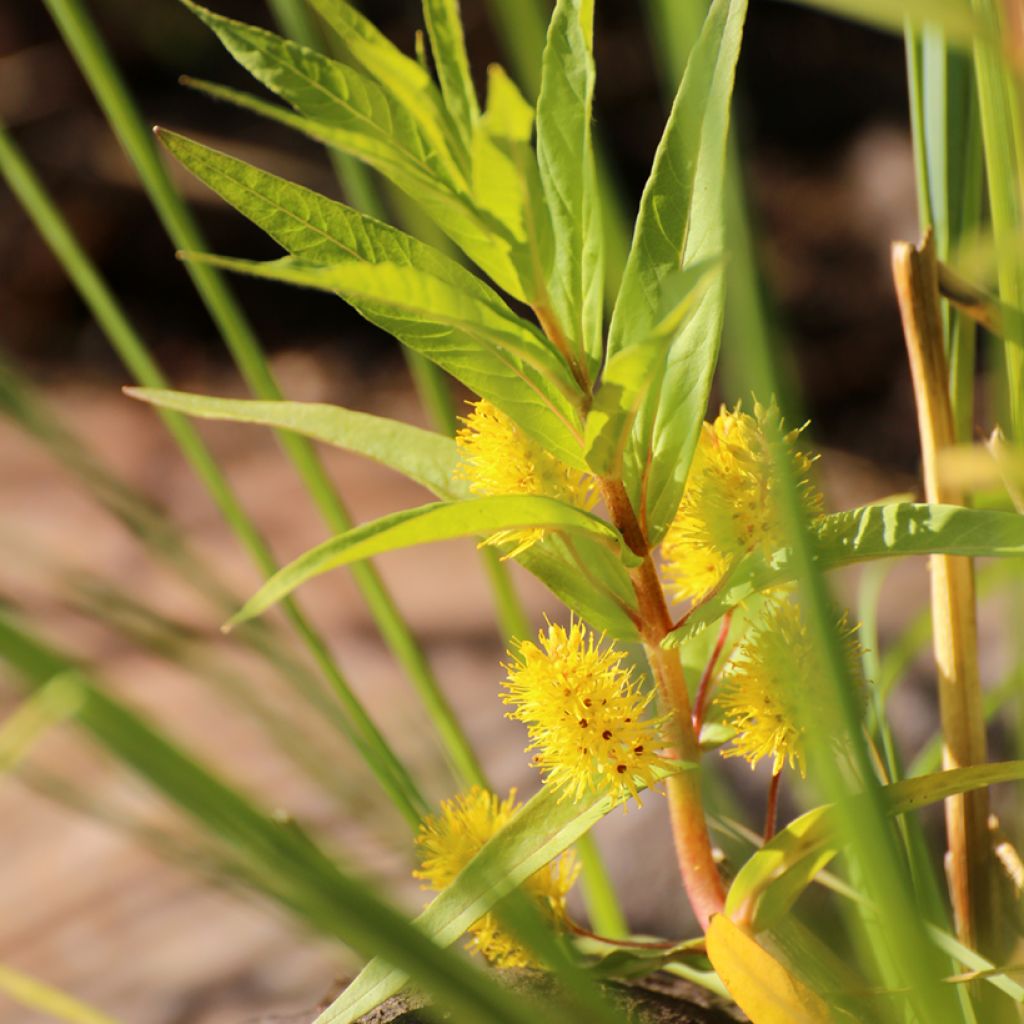

Lysimachia thyrsiflora
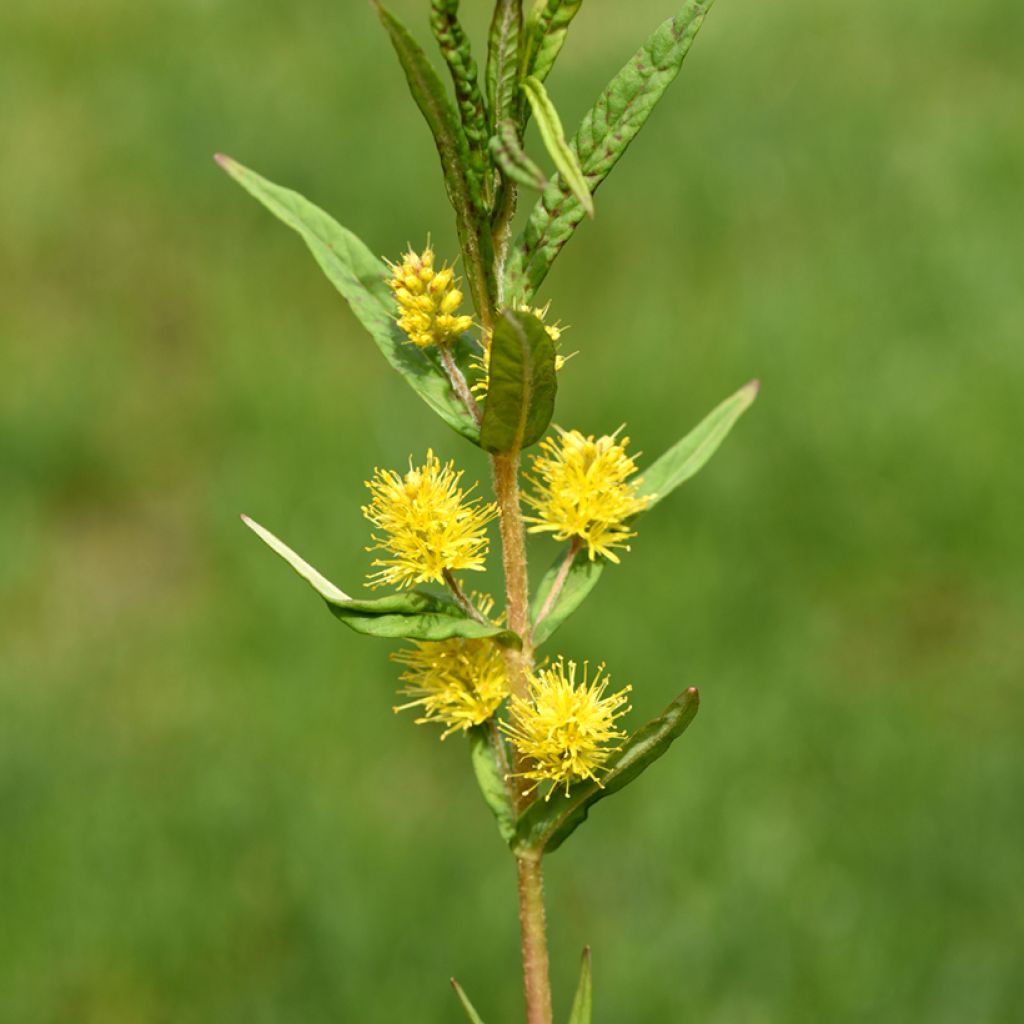

Lysimachia thyrsiflora
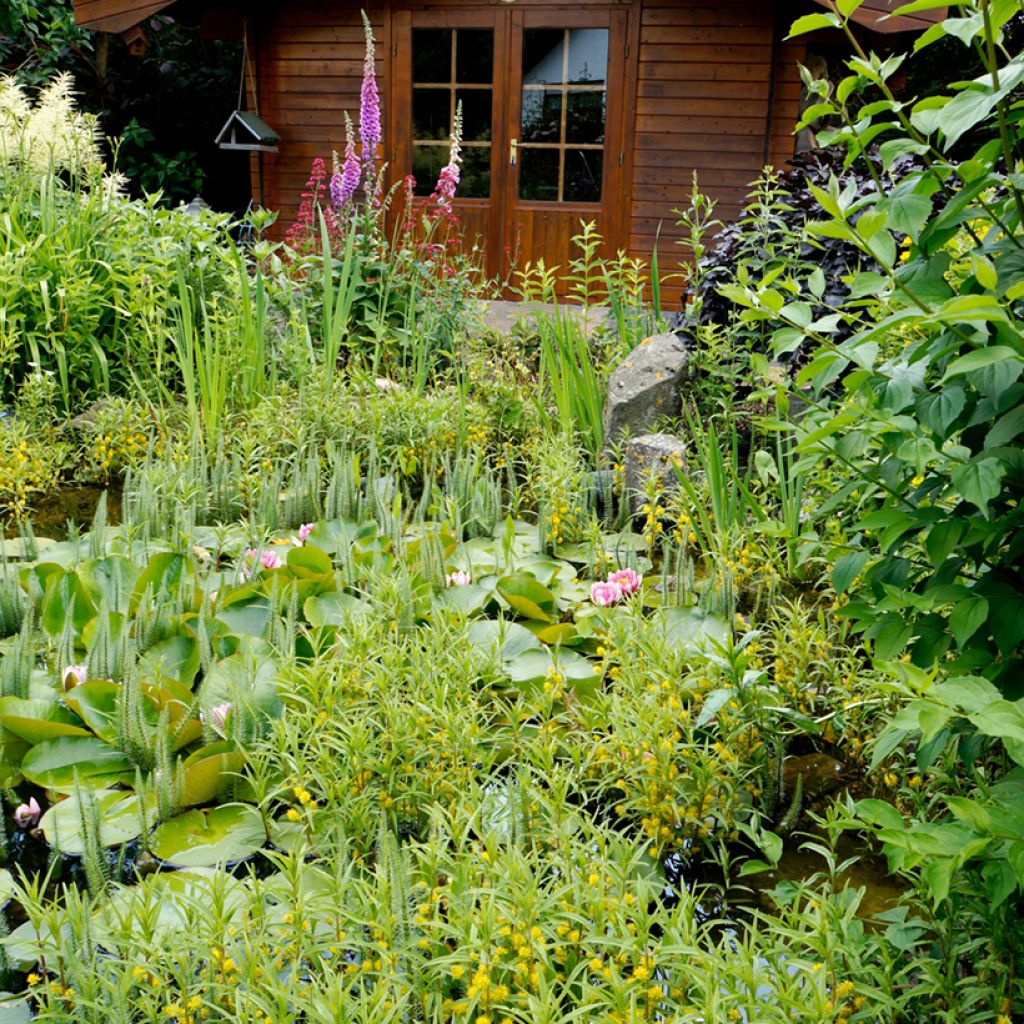

Lysimachia thyrsiflora
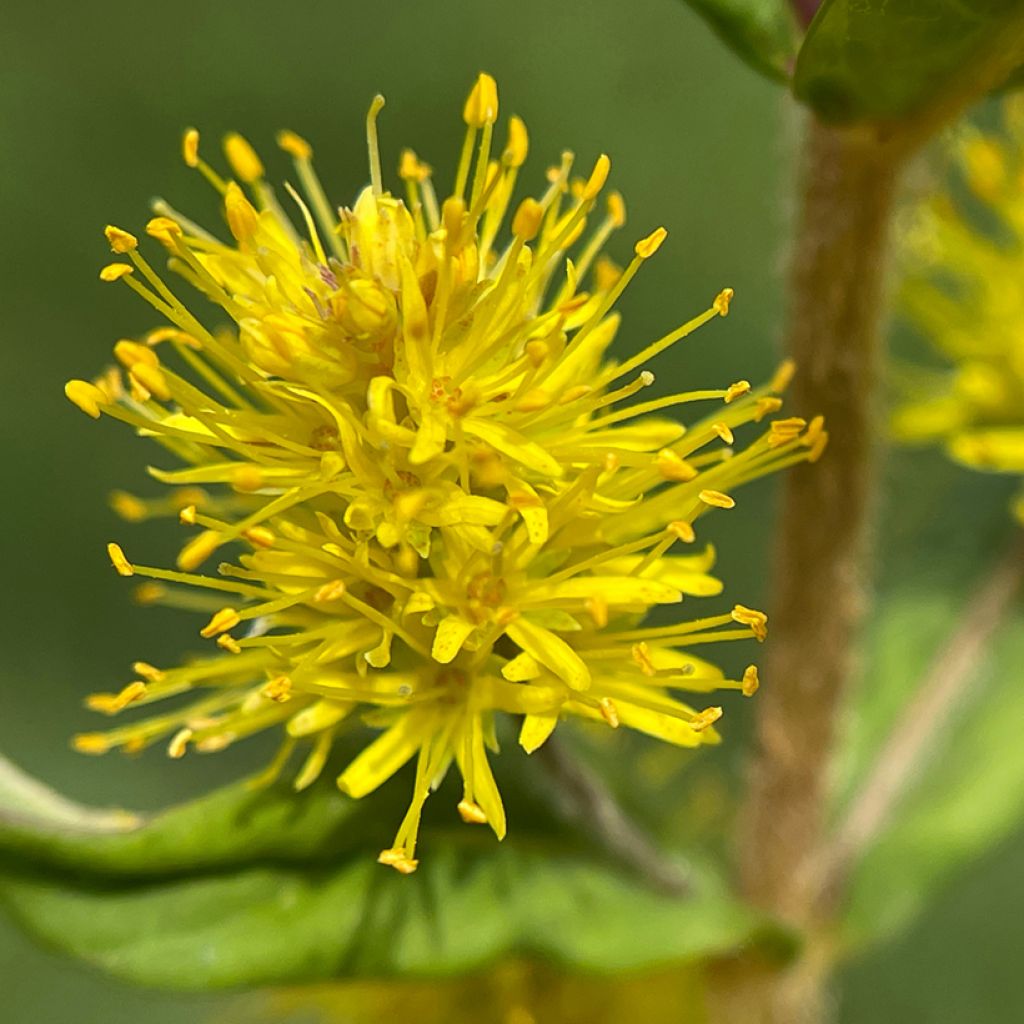

Lysimachia thyrsiflora
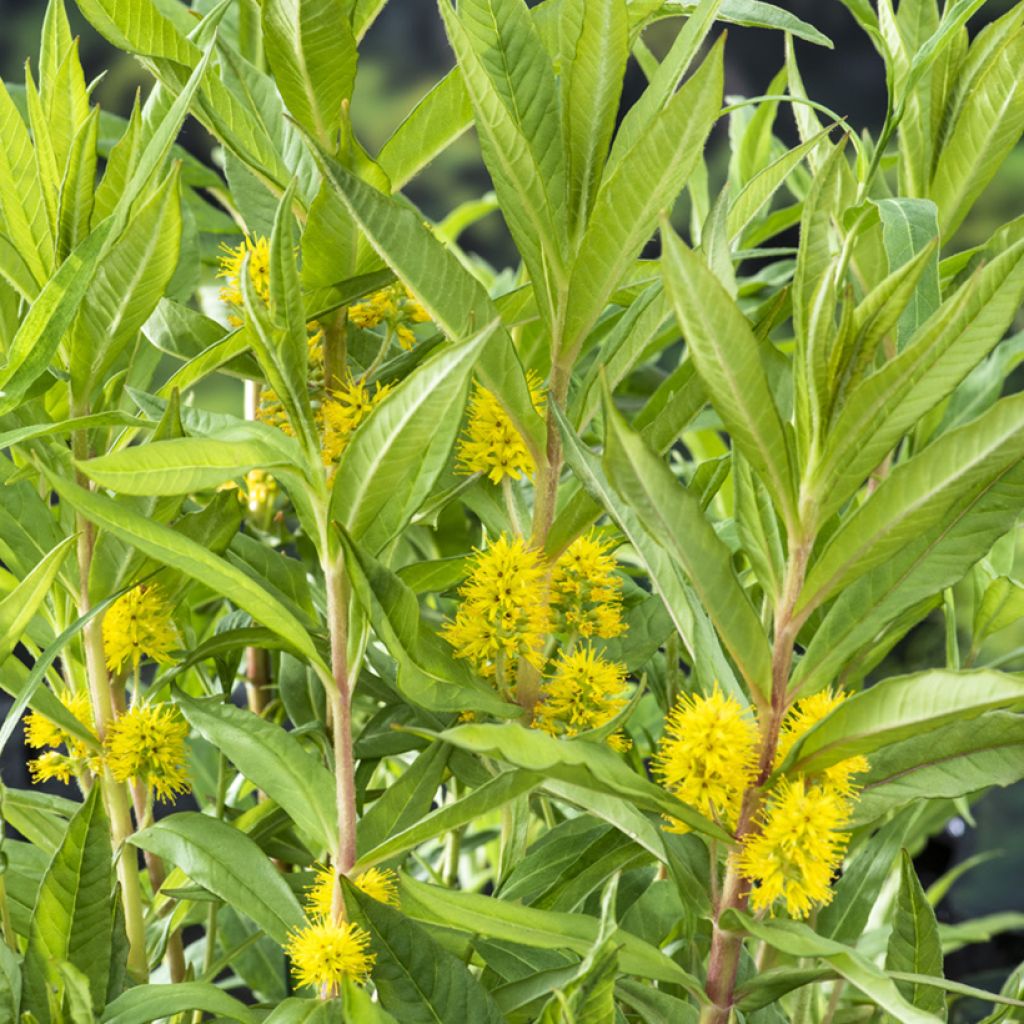

Lysimachia thyrsiflora
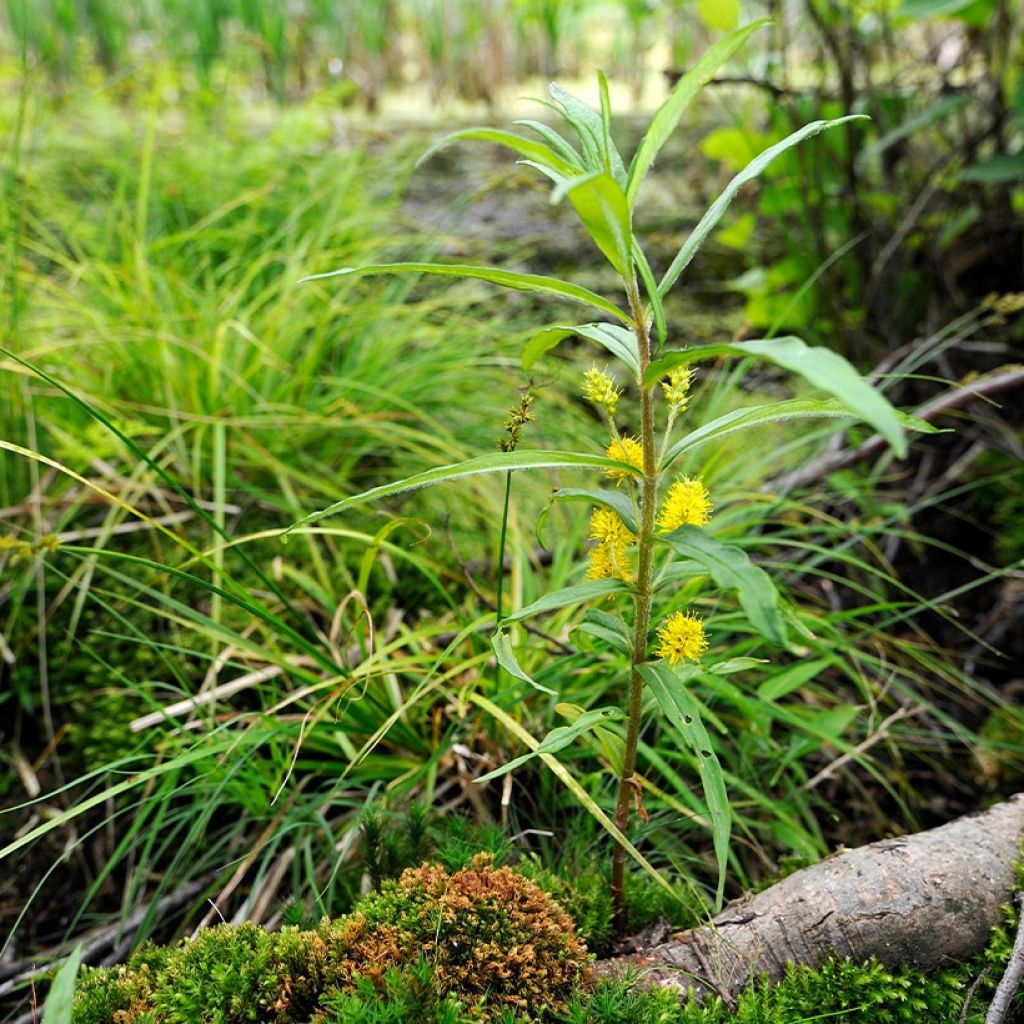

Lysimachia thyrsiflora
Lysimachia thyrsiflora
Lysimachia thyrsiflora
Tufted loosestrife
This item cannot be shipped to the selected country
Delivery charge from €5.90
More information
Schedule delivery date,
and select date in basket
This plant carries a 12 months recovery warranty
More information
We guarantee the quality of our plants for a full growing cycle, and will replace at our expense any plant that fails to recover under normal climatic and planting conditions.
From €5.90 for pickup delivery and €6.90 for home delivery
Express home delivery from €8.90.
Does this plant fit my garden?
Set up your Plantfit profile →
Description
Lysimachia thyrsiflora is a vigorous perennial that is ideal for aquatic environments or wetlands. It thrives on banks or in water no deeper than 10cm (4in). It develops tender green leaves. Between May and July, it bears inflorescences in dense spikes, formed by small yellow flowers. It is extremely hardy and spreads easily in heavy, moist, marshy soil. It is perfect for enriching the biodiversity of ponds and natural bodies of water.
Lysimachia thyrsiflora is a member of the Primulaceae family, like primroses and cyclamen. Native to cold regions, this species thrives in marshes and along rivers, especially in northeastern and central Europe. It is also widespread in Canada and the northeastern United States, as well as Siberia, although more sporadically.
It is a perennial plant with suckering roots. It develops stiff, erect stems up to 0.5 to 0.6m (1.6 to 2ft) in height. The stems are cylindrical, scaly at the base, then leafy in their aerial part. The dull green leaves, 7 to 10cm (3 to 4in) long, are opposite, narrow and elongated. The leaves display veins on the underside. The flowering period is brief, lasting only two to three weeks in between April and May. The flowers gather in yellow clusters at the end of long peduncles emerging from the axils of the middle leaves. These clusters, called thyrses, are made up of an arrangement of flowers arranged in cymes.
It is a frost-hardy plant that thrives in moist environments such as ponds, rivers, marshes, and lagoon areas. This plant thrives in full sun, in various types of soil that are rich in humus. It is happy in water at a depth of 5 to 10cm (2 to 4in). In a garden, it can be planted at the edge of a pond, in the heart of marshy areas, among pebbles or rocks, in a humid environment, or even in a few centimetres of stagnant water. It is easy to cultivate and spreads by runners. It can become invasive, so requires precautions to control its spread. To create a harmonious aquatic scene, you can combine it with plants adapted to banks or shallow waters, such as Juncus effusus 'Spiralis', Pontederia cordata, Lobelia cardinalis, Rumex sanguineus, Acorus calamus, Iris pseudacorus, and wetland grasses such as Carex pendula or cottongrass (Eriophorum angustifolium).
Report an error about the product description
Lysimachia thyrsiflora in pictures


Flowering
Foliage
Plant habit
Botanical data
Lysimachia
thyrsiflora
Primulaceae
Tufted loosestrife
Naumburgia thyrsiflora
Central Europe
Other Lysimachia
Planting and care
Plant it in very moist and rich soil. It can tolerate soil that is clayey, or silty-clayey, acidic to neutral, or even slightly calcareous. Planting can be done all year round, except during the frost period. Ideally, plant it from March to May so that it can settle before winter. Place it in a sunny position. It is a marshy plant so requires constant humidity at the roots. Ensure it is not submerged above 10cm (4in) of water.
In loosened soil, dig a planting hole with a volume at least three times that of the root ball. Place the plant in the hole, making sure the top of the root ball is level with the final soil, then put the substrate back in place. Water thoroughly. The average planting distance between the plants is about 30cm (12in), in groups of 5 to 7 specimens for best effect.
Planting period
Intended location
Care
This item has not been reviewed yet - be the first to leave a review about it.
Aquatic plants
Haven't found what you were looking for?
Hardiness is the lowest winter temperature a plant can endure without suffering serious damage or even dying. However, hardiness is affected by location (a sheltered area, such as a patio), protection (winter cover) and soil type (hardiness is improved by well-drained soil).

Photo Sharing Terms & Conditions
In order to encourage gardeners to interact and share their experiences, Promesse de fleurs offers various media enabling content to be uploaded onto its Site - in particular via the ‘Photo sharing’ module.
The User agrees to refrain from:
- Posting any content that is illegal, prejudicial, insulting, racist, inciteful to hatred, revisionist, contrary to public decency, that infringes on privacy or on the privacy rights of third parties, in particular the publicity rights of persons and goods, intellectual property rights, or the right to privacy.
- Submitting content on behalf of a third party;
- Impersonate the identity of a third party and/or publish any personal information about a third party;
In general, the User undertakes to refrain from any unethical behaviour.
All Content (in particular text, comments, files, images, photos, videos, creative works, etc.), which may be subject to property or intellectual property rights, image or other private rights, shall remain the property of the User, subject to the limited rights granted by the terms of the licence granted by Promesse de fleurs as stated below. Users are at liberty to publish or not to publish such Content on the Site, notably via the ‘Photo Sharing’ facility, and accept that this Content shall be made public and freely accessible, notably on the Internet.
Users further acknowledge, undertake to have ,and guarantee that they hold all necessary rights and permissions to publish such material on the Site, in particular with regard to the legislation in force pertaining to any privacy, property, intellectual property, image, or contractual rights, or rights of any other nature. By publishing such Content on the Site, Users acknowledge accepting full liability as publishers of the Content within the meaning of the law, and grant Promesse de fleurs, free of charge, an inclusive, worldwide licence for the said Content for the entire duration of its publication, including all reproduction, representation, up/downloading, displaying, performing, transmission, and storage rights.
Users also grant permission for their name to be linked to the Content and accept that this link may not always be made available.
By engaging in posting material, Users consent to their Content becoming automatically accessible on the Internet, in particular on other sites and/or blogs and/or web pages of the Promesse de fleurs site, including in particular social pages and the Promesse de fleurs catalogue.
Users may secure the removal of entrusted content free of charge by issuing a simple request via our contact form.
The flowering period indicated on our website applies to countries and regions located in USDA zone 8 (France, the United Kingdom, Ireland, the Netherlands, etc.)
It will vary according to where you live:
- In zones 9 to 10 (Italy, Spain, Greece, etc.), flowering will occur about 2 to 4 weeks earlier.
- In zones 6 to 7 (Germany, Poland, Slovenia, and lower mountainous regions), flowering will be delayed by 2 to 3 weeks.
- In zone 5 (Central Europe, Scandinavia), blooming will be delayed by 3 to 5 weeks.
In temperate climates, pruning of spring-flowering shrubs (forsythia, spireas, etc.) should be done just after flowering.
Pruning of summer-flowering shrubs (Indian Lilac, Perovskia, etc.) can be done in winter or spring.
In cold regions as well as with frost-sensitive plants, avoid pruning too early when severe frosts may still occur.
The planting period indicated on our website applies to countries and regions located in USDA zone 8 (France, United Kingdom, Ireland, Netherlands).
It will vary according to where you live:
- In Mediterranean zones (Marseille, Madrid, Milan, etc.), autumn and winter are the best planting periods.
- In continental zones (Strasbourg, Munich, Vienna, etc.), delay planting by 2 to 3 weeks in spring and bring it forward by 2 to 4 weeks in autumn.
- In mountainous regions (the Alps, Pyrenees, Carpathians, etc.), it is best to plant in late spring (May-June) or late summer (August-September).
The harvesting period indicated on our website applies to countries and regions in USDA zone 8 (France, England, Ireland, the Netherlands).
In colder areas (Scandinavia, Poland, Austria...) fruit and vegetable harvests are likely to be delayed by 3-4 weeks.
In warmer areas (Italy, Spain, Greece, etc.), harvesting will probably take place earlier, depending on weather conditions.
The sowing periods indicated on our website apply to countries and regions within USDA Zone 8 (France, UK, Ireland, Netherlands).
In colder areas (Scandinavia, Poland, Austria...), delay any outdoor sowing by 3-4 weeks, or sow under glass.
In warmer climes (Italy, Spain, Greece, etc.), bring outdoor sowing forward by a few weeks.

































